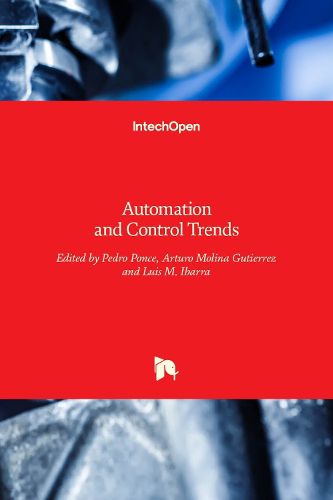Readings Newsletter
Become a Readings Member to make your shopping experience even easier.
Sign in or sign up for free!
You’re not far away from qualifying for FREE standard shipping within Australia
You’ve qualified for FREE standard shipping within Australia
The cart is loading…






This book is an overview of the different paths automation and control engineering have taken lately, from a modern point of view. Built up with example chapters, this book provides some insight into the use of artificial intelligence and control theory on manufacturing, comfort analysis, reliability of modern digital systems, and the use of unusual reference and feedback signals as those coming from the brain. Nonetheless, some chapters are also devoted to a more traditional point of view of control theory, addressing complex problems where human intervention must be limited. Overall, this book is an effort to show that modern automation and control engineering are comprised by many diverse areas, which should interact in order to provide a complete result. In this way, as the systems become more complex and the control objectives more subjective, both, formal analytic and intelligent approaches, should be seen as complementary tools, not unrelated competitors. This books aim is precisely that of showing how broad and diverse the control objectives have become and how the abilities of the control engineer should be extended.
$9.00 standard shipping within Australia
FREE standard shipping within Australia for orders over $100.00
Express & International shipping calculated at checkout
This book is an overview of the different paths automation and control engineering have taken lately, from a modern point of view. Built up with example chapters, this book provides some insight into the use of artificial intelligence and control theory on manufacturing, comfort analysis, reliability of modern digital systems, and the use of unusual reference and feedback signals as those coming from the brain. Nonetheless, some chapters are also devoted to a more traditional point of view of control theory, addressing complex problems where human intervention must be limited. Overall, this book is an effort to show that modern automation and control engineering are comprised by many diverse areas, which should interact in order to provide a complete result. In this way, as the systems become more complex and the control objectives more subjective, both, formal analytic and intelligent approaches, should be seen as complementary tools, not unrelated competitors. This books aim is precisely that of showing how broad and diverse the control objectives have become and how the abilities of the control engineer should be extended.